Yearly SMBSC shareholders plant approximately 120,000 acres of sugarbeets in 17 counties in west-central and southern Minnesota.
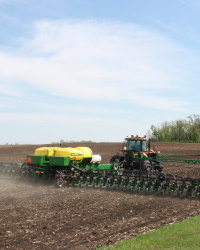
Each spring sugarbeet farmers prepare the seed bed for planting by incorporating fertilizer and spring seeded cover crops into the soil prior to planting sugarbeet seed.
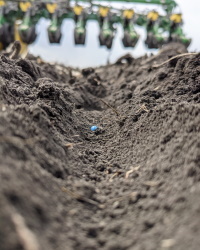
Sugarbeet seeds are planted into rich black soil. Approximately 57,000 seeds are planted on every acre. One ice cream bucket of sugarbeet seed will produce approximately 30 tons of sugarbeets in the fall, which fills 1 semi-truck.
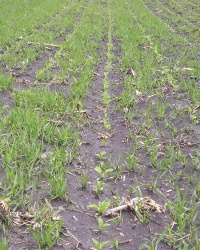
Sugarbeet seedlings begin emerging from the soil 10 days to a week after being planted.
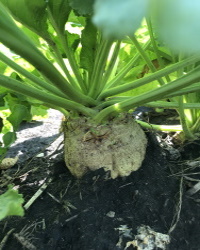
Early in the growing season, sugarbeets rapidly grow leaves to cover the ground. The faster the leaves cover the ground, the more sunlight the leaves can intercept. Through the process of photosynthesis, the sugarbeet leaves turn this sunlight into sugar that is stored in the sugarbeet root.
Sugarbeet harvest begins annually with pre-pile between mid-August and September. Harvest deliveries are limited and controlled during this period due to the warm weather creating poor storage conditions. This limited harvest allows shareholders to open roadways through fields in preparation for the main harvest, which begins approximately October 1. Shareholders deliver their sugarbeets to a designated receiving station of which the cooperative has 12 located throughout the growing area.
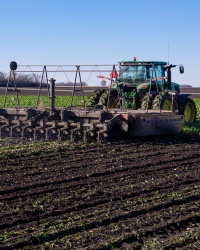
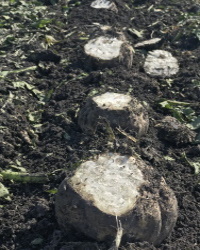
Sugarbeets are harvested with two primary pieces of equipment. The defoliator removes the green leaves and slices a slab from the top of the sugarbeet root. This removed slab is the growing point of the sugarbeet and contains high levels of impurities, which impede the factory’s ability to extract the sugar from the remainder of the harvested root.
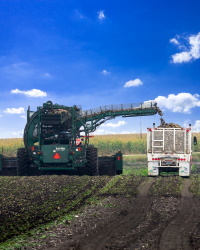
Following defoliation, harvest operations use a pinch wheel harvester that lifts from the soil. Semi-trucks are driven next to the harvester to collect the beets as they fall from the harvester.
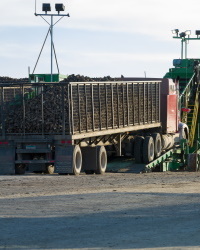
Once the truck is loaded in the field, it travels to one of SMBSC sugarbeet receiving stations. At the receiving station, the truck is directed to a sugarbeet piler for unloading. At each piler, each individual truck is dumped, additional dirt is removed from the beets by the piler, and a sample of beets is collected for quality analysis.
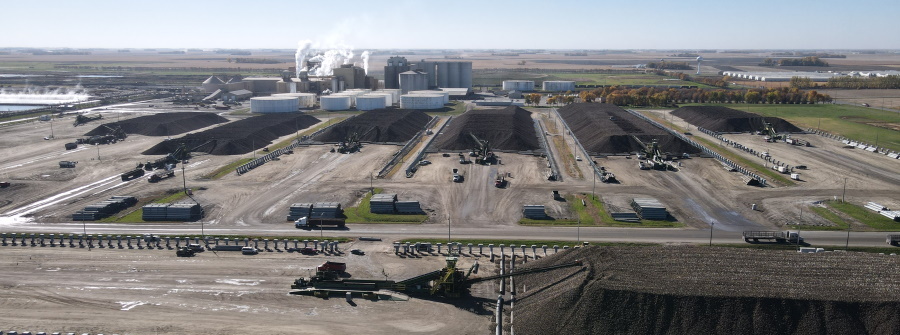
The beets are piled into large storage piles approximately 200 feet wide and 20-30 feet tall. In order to ensure that beets retain their sugar content, beets are piled at specific temperatures in order to keep the piles cool and prevent sugar loss in the beets. The beets are stored in these piles until they are needed for processing.
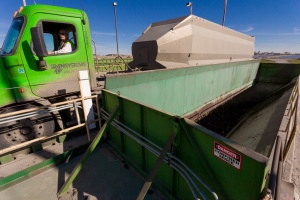
Beets are reloaded from piles and hauled to Renville for processing into sugar. Loaded trucks empty their beets into the unloading station at the factory to begin the sugar extraction process.